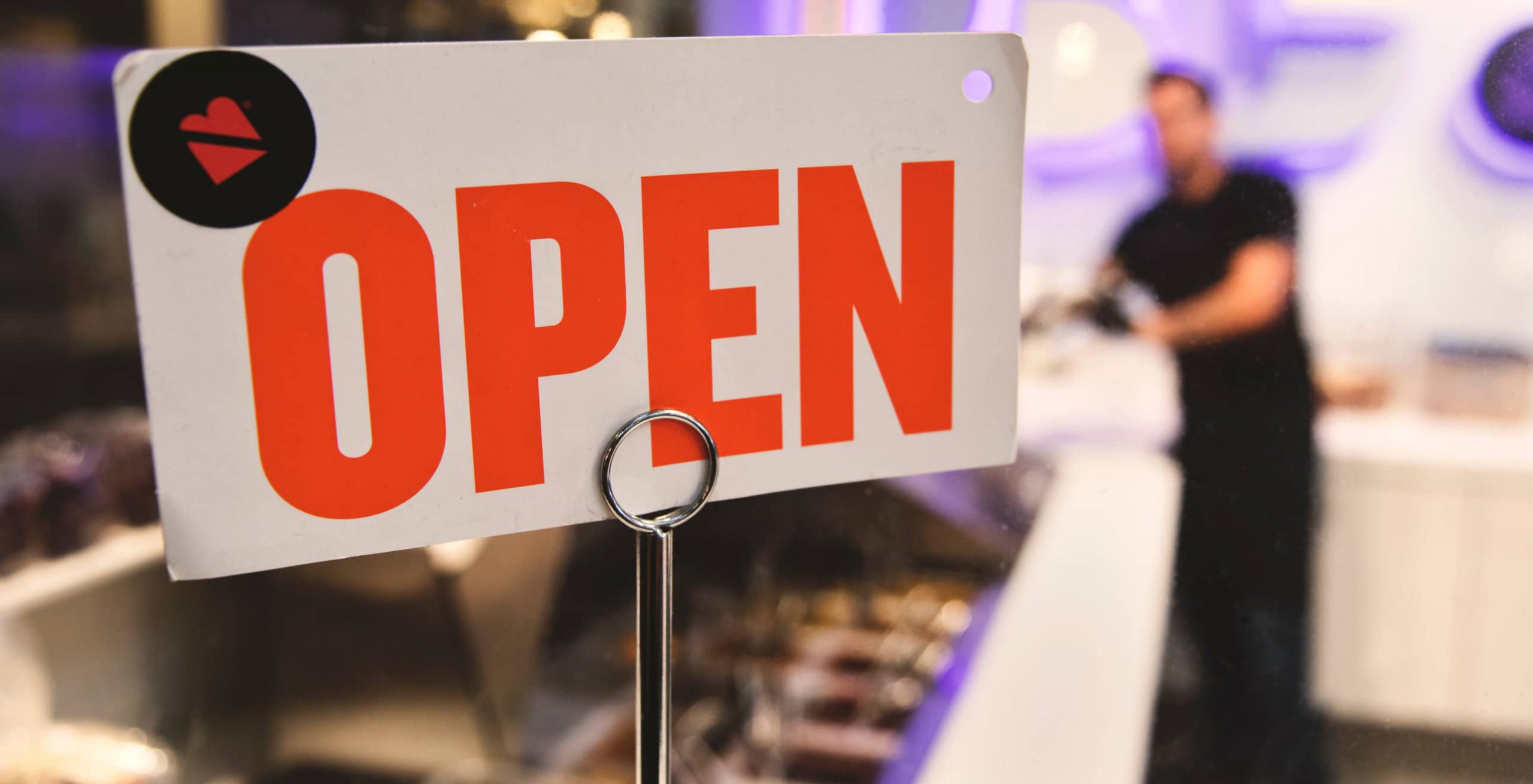So many people open restaurants with one goal in mind: to successfully feed customers. Inevitably, long before you get to that point, you’ve discovered you have a natural knack for cooking, or a talent for hospitality, or even a family history in the restaurant business. You already know why you’re doing it. But the question is, do you know how you’re doing it?
“Sell delicious food, have customers come back, keep selling delicious food” is an admirable aspiration, but it doesn’t get you from point A (opening a restaurant) to point B (successfully running a restaurant). That’s a lot more involved, and if your whole plan currently consists of “make food and sell it,” you’re going to find yourself in trouble sooner rather than later.
Your plan is what you want to do. Your strategy is how you get there. In almost all of the business decisions you’ll be making from day 1, you’re going to need to ask yourself “How am I going to make this happen?” It’s also better to ask these how questions as early as possible, so you don’t find yourself wondering what to do in any given situation. You can instead just mentally refer back to your prepared strategy and know exactly what to do.
Having a strategy also makes it easier for your staff to know what to do in certain situations, too. They can instinctively make decisions that will further your plan by consulting the strategy.
Business plans are necessary because they require you to make goals and have an aspiration. Strategies are necessary because it’s nearly impossible to accidently fall into success. You’re going to want to make sure you have both.
Examples
Plan: Have a grand opening for the restaurant.
Strategy: Let the local news and/or food critics know, post on social media, advertise on billboards or large signs … spread the word, in whatever way works best for your location and your type of restaurant.
Plan: Be ready for our advertised lunch special tomorrow.
Strategy: Have everyone come in an hour early to make sure everything is up and running, check food supplies (which have, of course, already been checked today and the day before), start prep work, clean tables, create room for the expected larger-than-normal crowds to wait in lines and eat.
Plan: Reduce food costs and wasted food.
Strategy: Pay attention to what people are not ordering and stock less of that food. Make note of any special requests to not include a condiment, side, or other food with a meal, and notice any trends that appear. Cut back on things that don’t sell, things that are often getting discarded, and things people don’t seem to want.
Whatever your plan is, create a strategy that supports it and lets both you and your staff know how you want to accomplish your plan. Strategies can be adjusted if they need to, but it’s a lot easier to make a course correction than have no strategy whatsoever and deal with emergencies and unexpected situations only as they arise.
And remember, if your plan is to reduce interruptions that stop your staff from doing their jobs, Reachify is an amazing technology that can help reduce or even eliminate phone call disruptions. Let us show you how.



